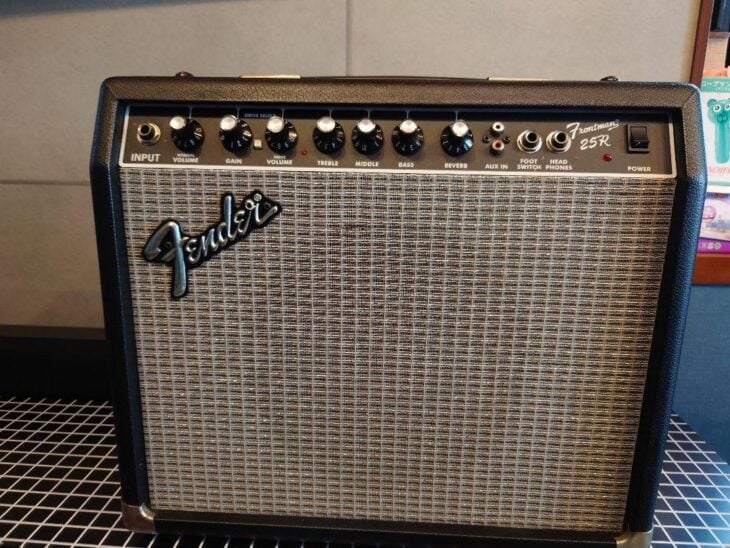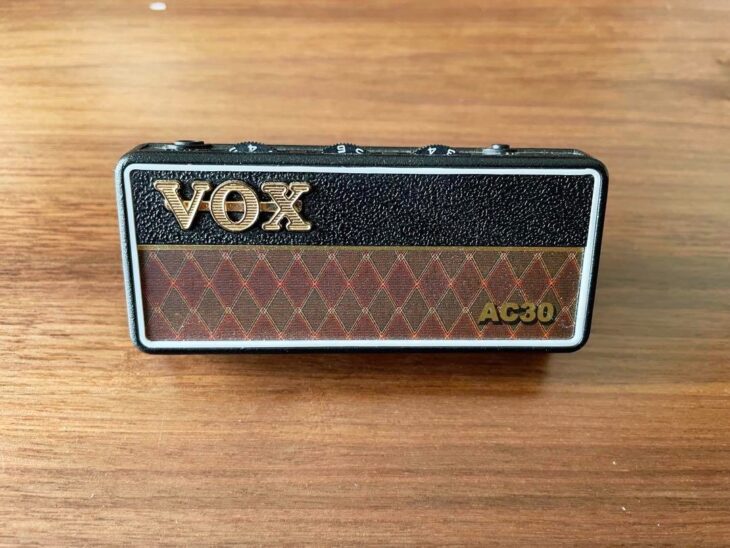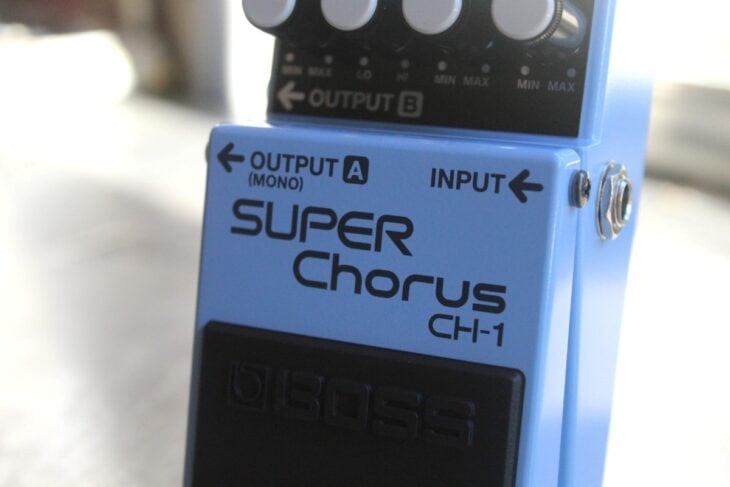Steve Lacy is one of the foremost guitar players and producers in the world of alternative R&B.
His rise to fame with The Internet showcased Lacy’s prodigious talent, channeling Prince’s otherworldly funk via Pharell Williams’ futurist sensibilities.
Lacy’s slinky, virtuosic playing has him topping charts and enjoying viral success rarely seen for electric guitar players in the modern era.
If you’re looking to capture some of the magic of Steve Lacy’s effervescent tone, you’ve come to the right place. In this article, I’ll go over his choice of guitars, amps, effects, and settings.
Get into the good habit of Lacy’s practical approach to gear and you’ll be echoing the beautiful sounds of “Bad Habit” in no time.
Table of Contents
Guitars
It should come as no surprise, given Lacy’s well-documented love for Prince, that his preferred guitar has long been the Fender Stratocaster.
In fact, so deep is Steve Lacy’s love of the Strat that he designed and released a signature model with Fender in recent years.
Lacy’s signature model, the “People Pleaser” Stratocaster is fairly standard as far as Strats go, with an alder body, maple neck, and a classic “C” shaped neck profile, but it has a built-in fuzz circuit so you don’t need a fuzz pedal.

For guitar players looking for something more affordable, Squier by Fender offers the ‘60s Classic Vibe Stratocaster. Steve Lacy has actually played quite a few Squier offerings, including the Classic Vibe Stratocaster, over the years.
Steve Lacy is also quite partial to the Fender Duo-Sonic, a smaller-scale guitar aimed at beginner players still growing into a full-sized instrument. These guitars are better suited to smaller-framed individuals such as children and adolescents.
Generally speaking, you’ll get in the ballpark of Steve Lacy’s guitar sound with any alder-bodied guitar equipped with single-coil pickups.
Amps
Steve Lacy’s choice of amplifiers also reflects his penchant for classic funk and soul playing.
Early on, Steve Lacy actually recorded using an iRig and Garageband! That doesn’t mean he avoids guitar amps like some modern players, however.

Like most of his guitar-playing influences, Lacy is partial to the high headroom and open tonal palette of classic Fender amplifiers.
As a general rule, Steve Lacy prefers amps that have a clean, more neutral voice, with old-school tube amps rather than solid state as a general preference.
Lacy has been known to use the Fender Frontman, a compact 25-watt amplifier. This amp is great for recording and bedroom practice, but gigging guitarists might require something with more power to keep up with a drummer.

In that case, you’d want to look at the Twin Reverb. This is a heavier, bigger amp that gets loud. You don’t want to try and test how loud this 85-watt monster can get.
Steve Lacy has also dabbled in the jangling tones of the Vox AC15 combo, the smaller sibling to the classic AC30 favored by the Beatles and Queen. This is an amp well-suited for rehearsals or smaller gigs with a band, but for a larger show you’d need to mic it up.
For bedroom players looking to jam along to Steve Lacy tracks without making too much noise, Vox’s headphone amps like the amPlug AC30 offer incredible sound quality without the need to rattle your windows.

Steve Lacy Amp Settings
Steve Lacy’s guitar sound is typically twangy and trebly without becoming brittle. There’s just enough warmth in the sound to hear the nuances of his playing, with pick attack and the firmness of his left-hand grip firmly audible in the mix.
Vary how hard you hit the strings with your right hand, and deploy a feather-light touch with your left, to capture the nuances and articulation of Lacy’s playing.
Volume: 5
If your amp has a master volume control, you can set the volume lower than this. However, many Fender-style amps have a “sweet spot” for volume without saturation around five, so we recommend this setting.
Gain: 3
You don’t want your guitar to distort when playing Steve Lacy’s music. Add just enough gain to slightly compress the signal, but not so much that you get any dirt or fizz in the tone. You want a nice, glassy clean sound.
Bass: 8
You might be surprised to see how high we’re running the bass knob here. That’s to compensate for the top-heavy frequency range of Steve Lacy’s choice of guitar. The higher bass won’t give you a muddy sound because you aren’t playing a darker-voiced guitar.
Mids: 4.5
Much of the midrange in Steve Lacy’s tone comes from his guitar. Fender single-coils have a frequency response that leans towards mids and treble, so you don’t need to crank the mids on your amp to get midrange definition.
Treble: 6-7
You want a nice amount of treble for Steve Lacy’s tone. Stratocasters tend to be quite trebly guitars, so running your amp’s treble control higher than 7 can give you a more icy, unpleasant tone. Try 6 first, then slowly increase if need be.
Steve Lacy Pedals
Steve Lacy is an avowed fan of multi-effects pedals. His favorite for years has been the Boss ME-80.

Steve Lacy, to achieve his guitar tone, typically runs the ME-80 for reverb, chorus, and compression. He adds other effects with vintage pedals, such as a 70s-style phaser and old-school fuzz.
His signature guitar has a built-in fuzz circuit. The onboard fuzz actually sounds quite a lot like a classic Big Muff to me, more so than it resembles Fender or Boss’ fuzz units, so I’d recommend trying the Big Muff.
If, like me, you aren’t a fan of big multi-effects units, you’ll be happy to know that the ME-80 mimics the sound of Boss’ other digital effects pedals.
For reverb, I would recommend either using your Fender amp’s built-in reverb setting or the Boss RV-6 reverb pedal.
The Boss CH-1 Super Chorus is an affordable chorus effect with plenty of the 80s-style warmth and warble that we love in Steve Lacy’s playing.

As for Steve Lacy’s snappy, short delays, it’s hard to beat the Boss Digital Delay.
Compression can be a love-it-or-hate-it effect, but it’s no small part of the Steve Lacy arsenal. I’m a big fan of the Keeley Compressor for its sheer diversity.

